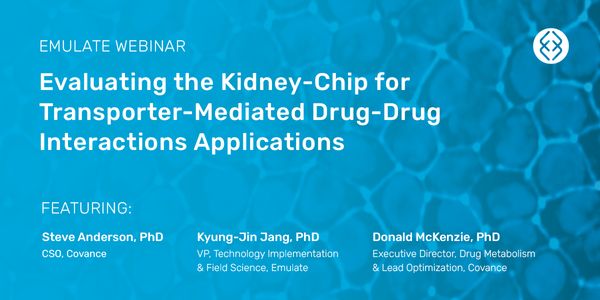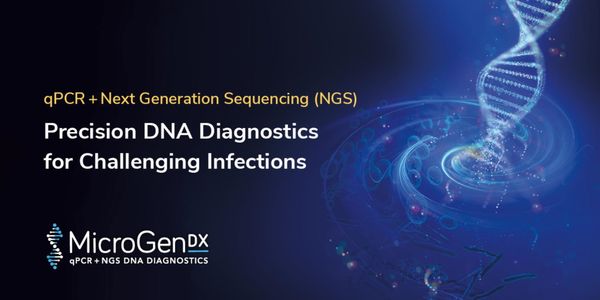Generics
A generic drug is developed with the same dosage form, safety, strength, route of administration, quality, performance characteristics, and intended use as a brand-name medication. Generics are known as bioequivalent to the name-brand drug, so they demonstrate the same degree of clinical benefit.
-
There is an expanding list of therapeutically relevant biomarkers for non-small cell lung cancer (NSCLC), and molecular profiling at diagnosis is paramount. Tissue attrition in scaling tradi...
There is an expanding list of therapeutically relevant biomarkers for non-small cell lung cancer (NSCLC), and molecular profiling at diagnosis is paramount. Tissue attrition in scaling tradi...
Solid phase extraction has become a preferable technique for reducing matrix effects for sample preparation due to its ease of use and limited time requirements. MilliporeSigma has launched...
Speaker:
M. James Ross, PhD
Presented at: Analytical Chemistry & Separation Sciences Virtual Event Series 2020
Sponsored By: MilliporeSigma
Sponsored By: MilliporeSigma
Cannabis is a complex and difficult matrix to work with and the analysis of pesticides in cannabis is a notoriously problematic task. There is major ion suppression present from the signific...
Speaker:
Adam Floyd
Presented at: Analytical Chemistry & Separation Sciences Virtual Event Series 2020
Sponsored By: JEOL
Sponsored By: JEOL
OCT 15, 2020 | 9:00 AM
Date: October 15, 2020 Time: 9:00am (PDT), 12:00pm (EDT) Renal transporters play an important role in potential clinical drug-drug interactions (DDIs) as highlighted in the FDA, EMA and PMDA...
OCT 15, 2020 | 8:00 AM
DATE: October 15, 2020 TIME: 8am PDT, 11am EDT Density gradient centrifugation is an effective method for the isolation and purification of small particles. Hollow rotors capable of hosting...
Speaker:
Dr. Alexander Wittemann
, Dr. Simone Plueisch
Sponsored By: Beckman Coulter Life Sciences
...
OCT 09, 2020 | 8:00 AM
DATE: October 09, 2020 TIME: 08:00am PT Traditional culture techniques, as the primary diagnostic tool for infectious diseases, are coming under scrutiny for failing to universally detect in...
Speaker:
Joseph John, Jr., MD, FIDSA
, Michael Schmidt, Ph.D. FAAM, FACD
Sponsored By: MicroGenDX
Soluble cytokine biomarkers are the master regulators of cell-to-cell communication-- the means by which one cell tells another what to do or where to go. Determining the biomarker signature...
Speaker:
Jenny Koenitzer, PhD
While circulating cell-free DNA (ccfDNA) and to some extend CTCs from blood are routinely used as analyte in liquid biopsy cancer research applications, circulating cell-free RNA (ccfRNA) ha...
Speaker:
Thorsten Voss, PhD
Multiplex detection of oncogenic mutations using LNA-based assays on the QIAcuity digital PCR system Digital PCR (dPCR) enables specific and sensitive detection of genetic alterations in onc...
Speaker:
Dr. Özlem Karalay























